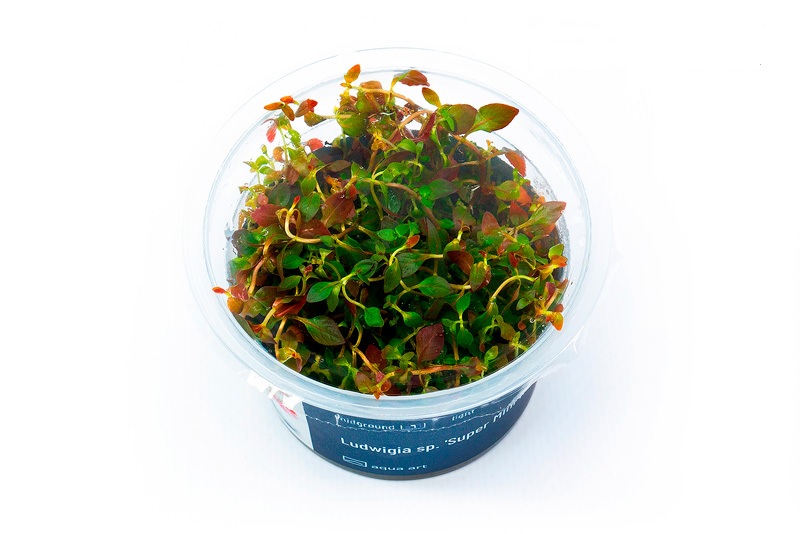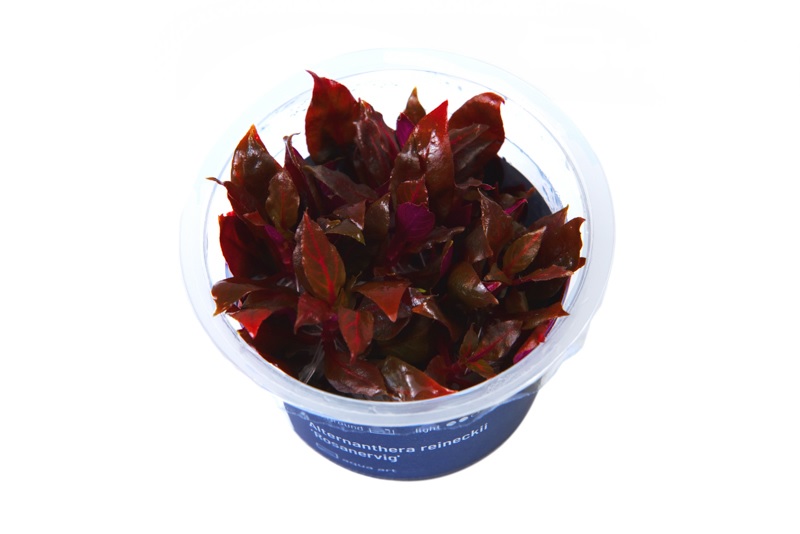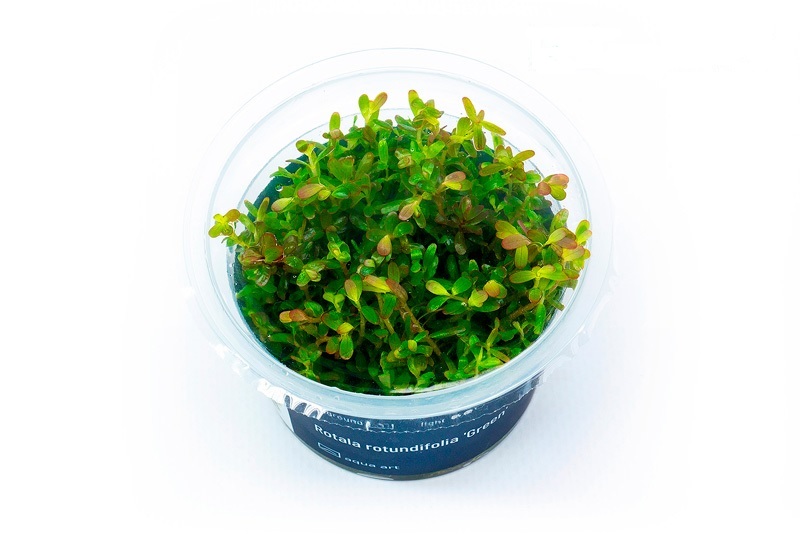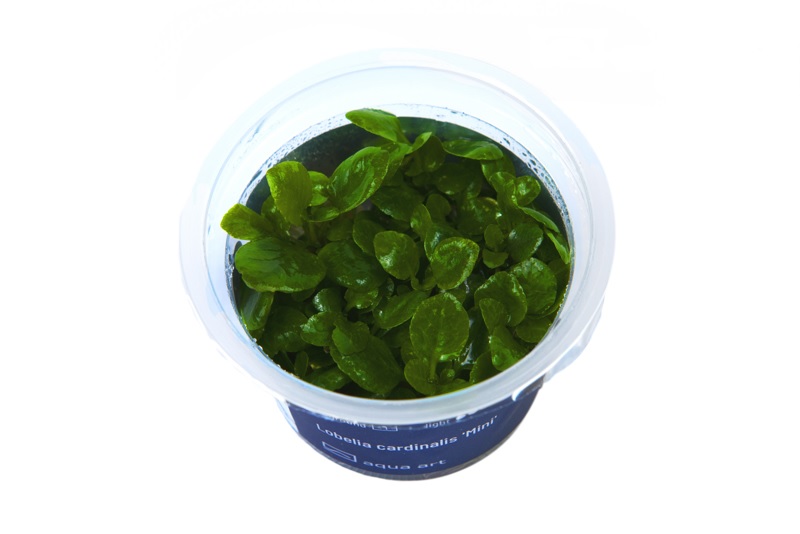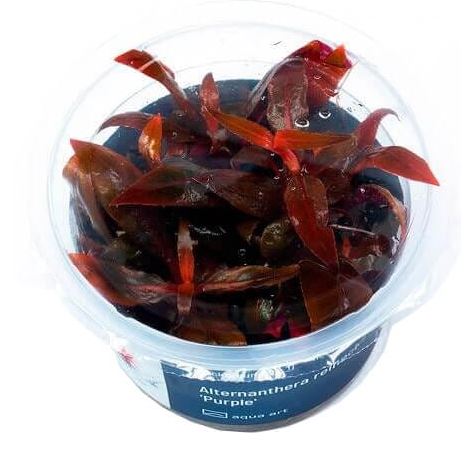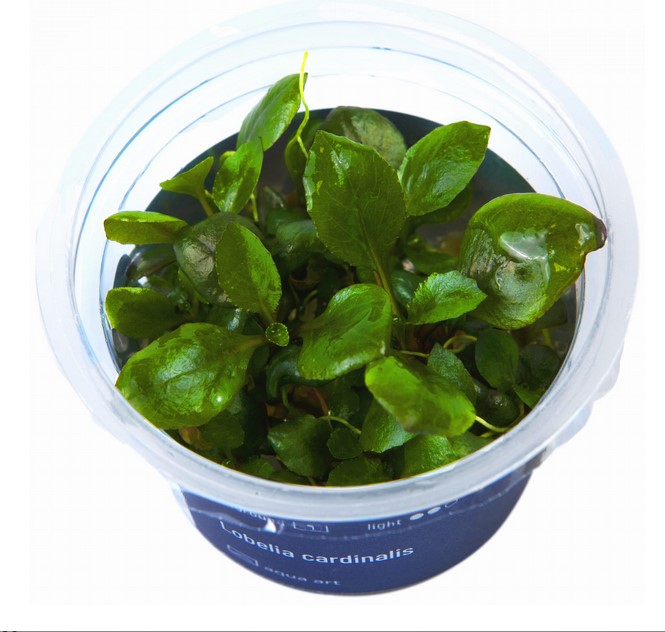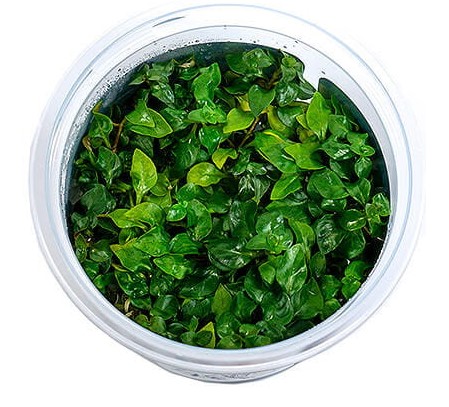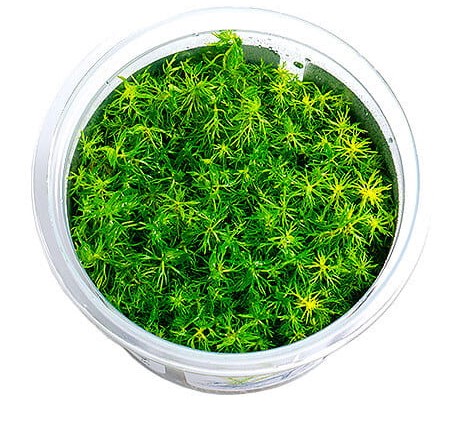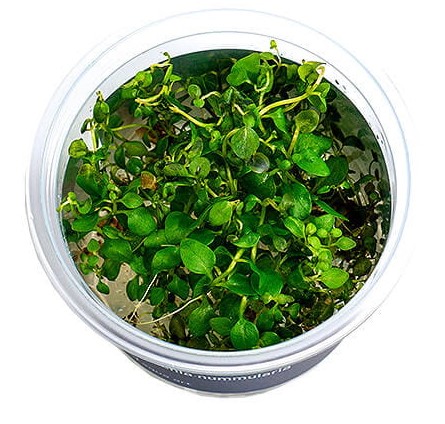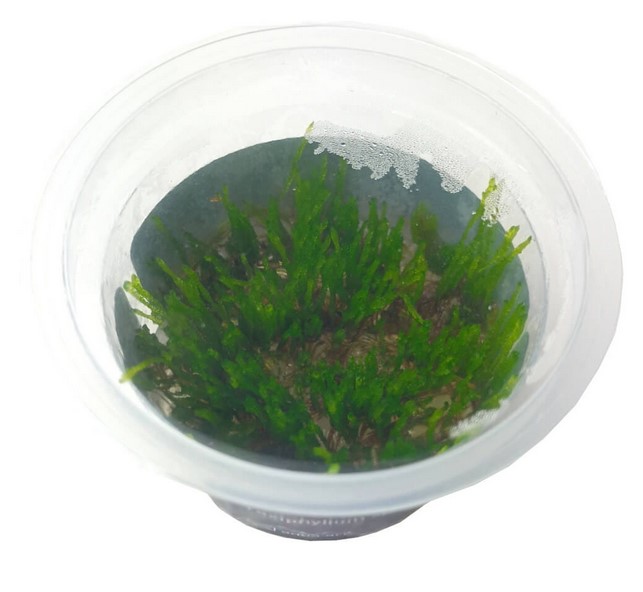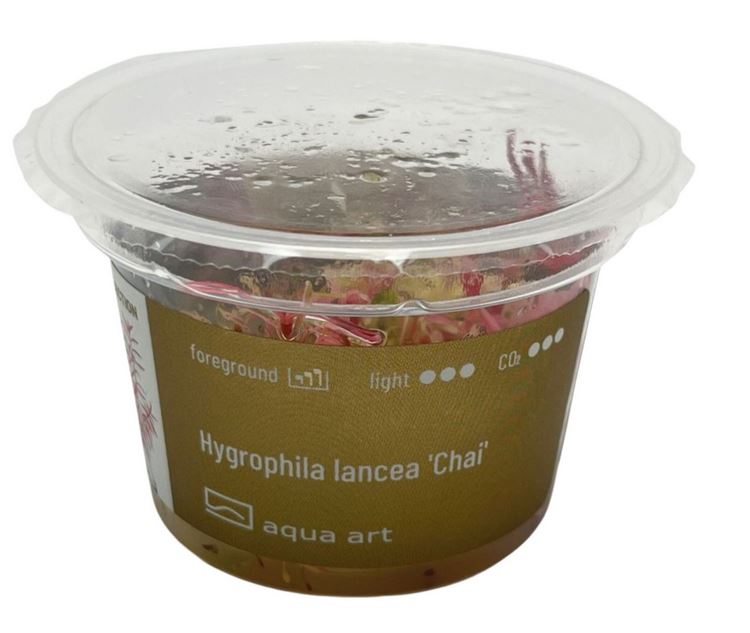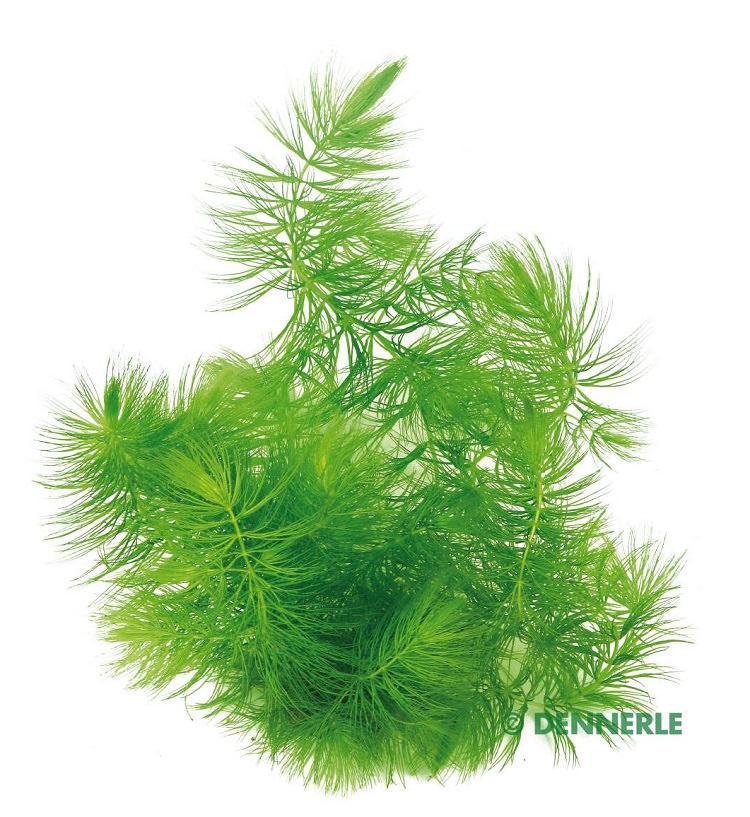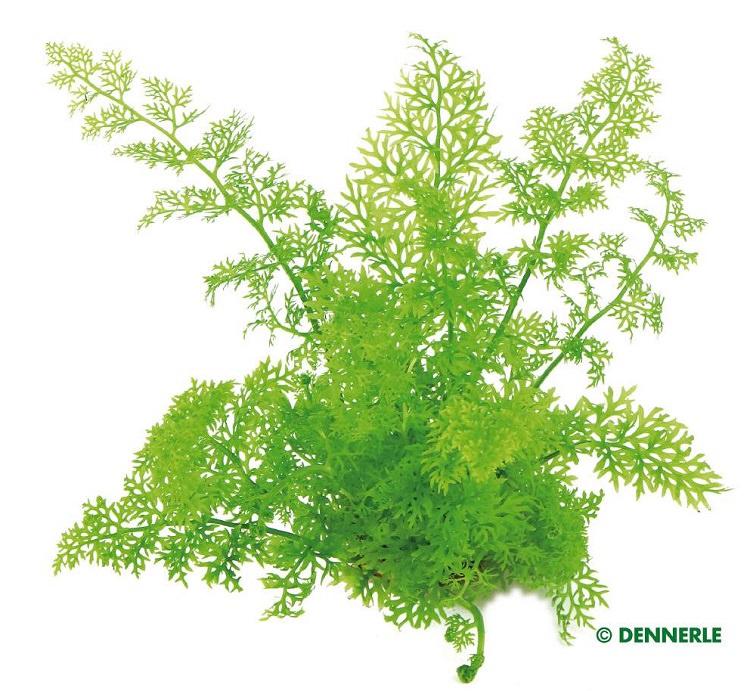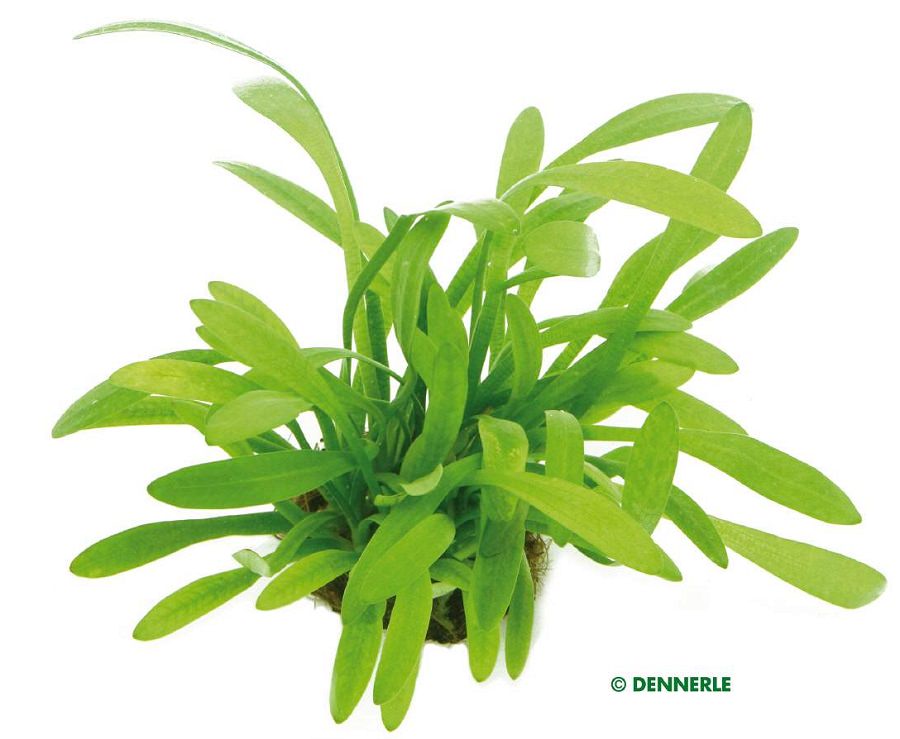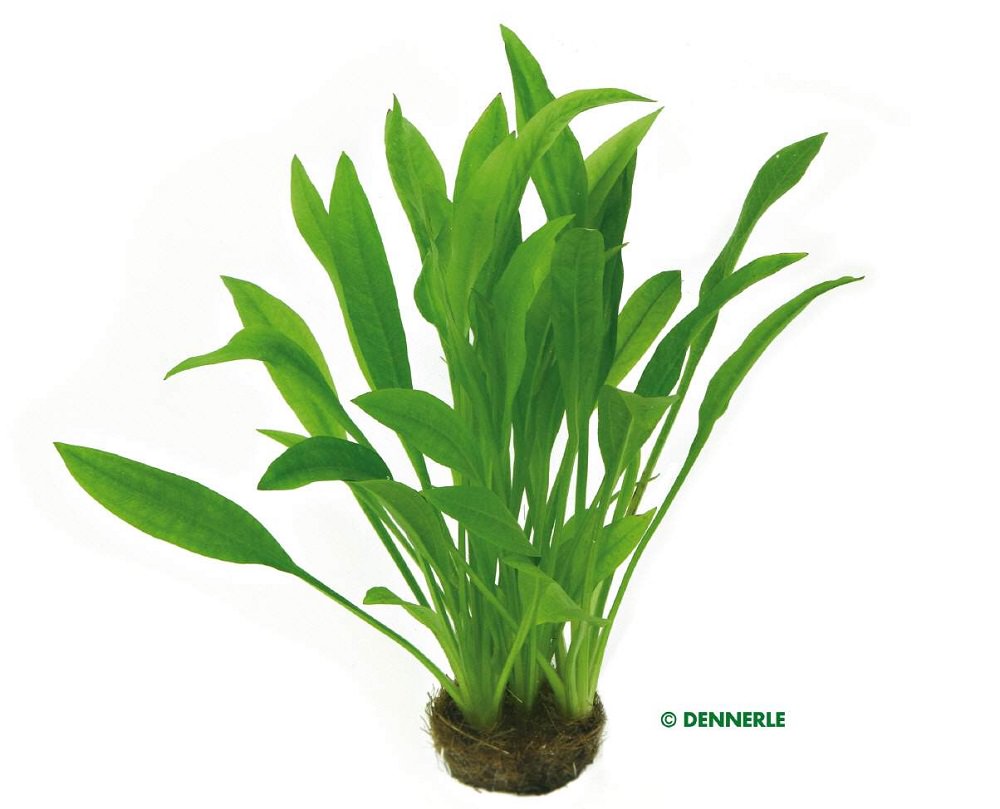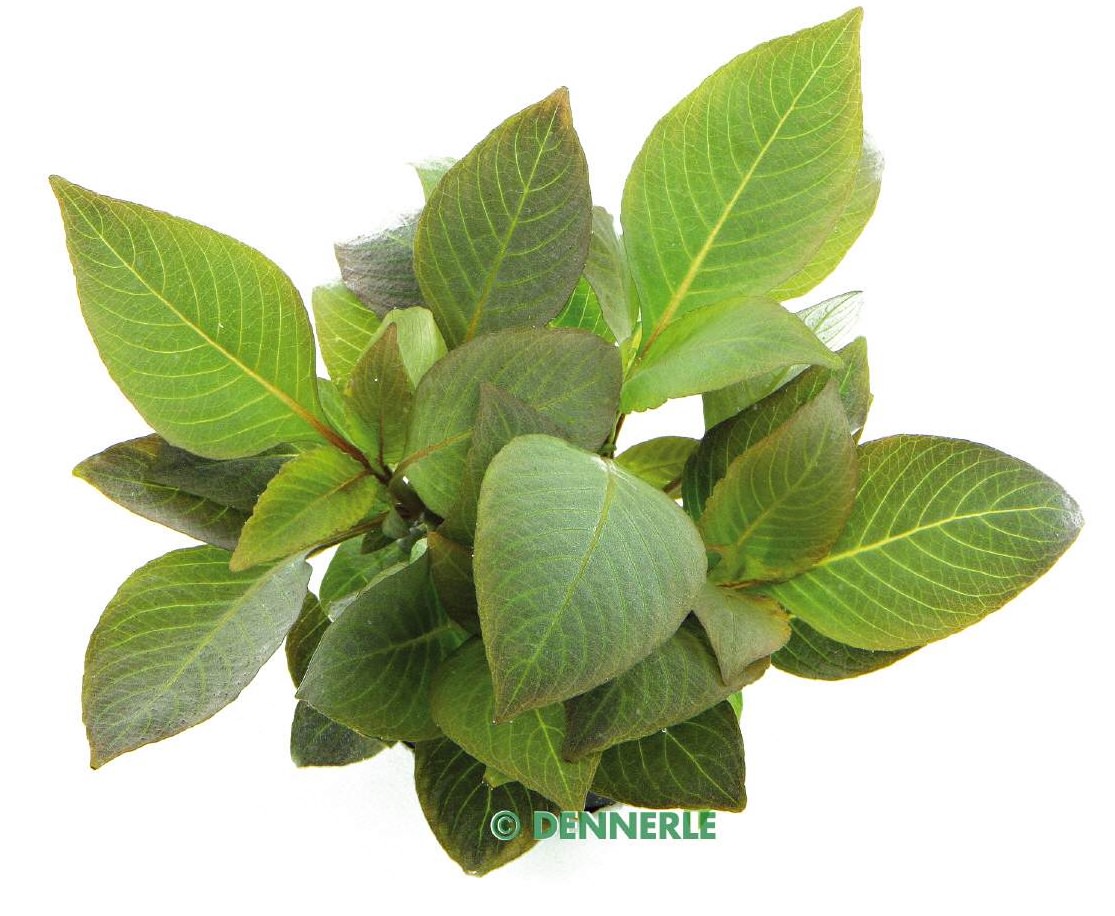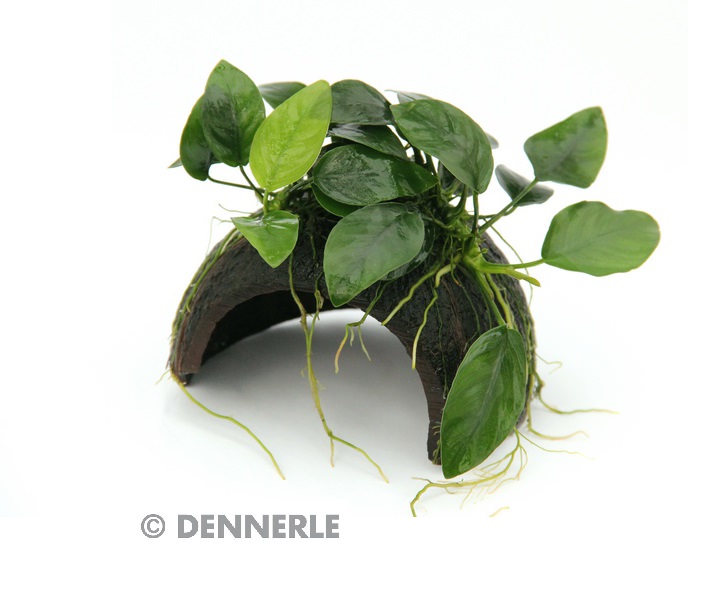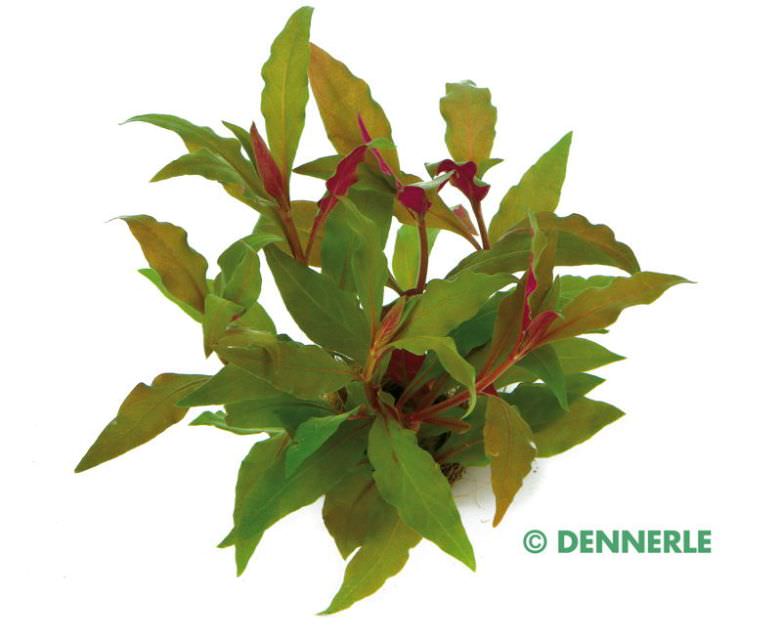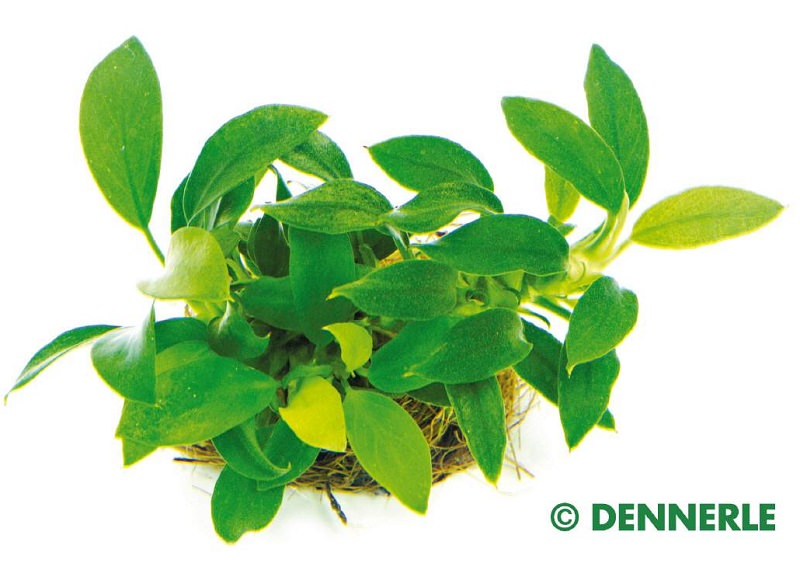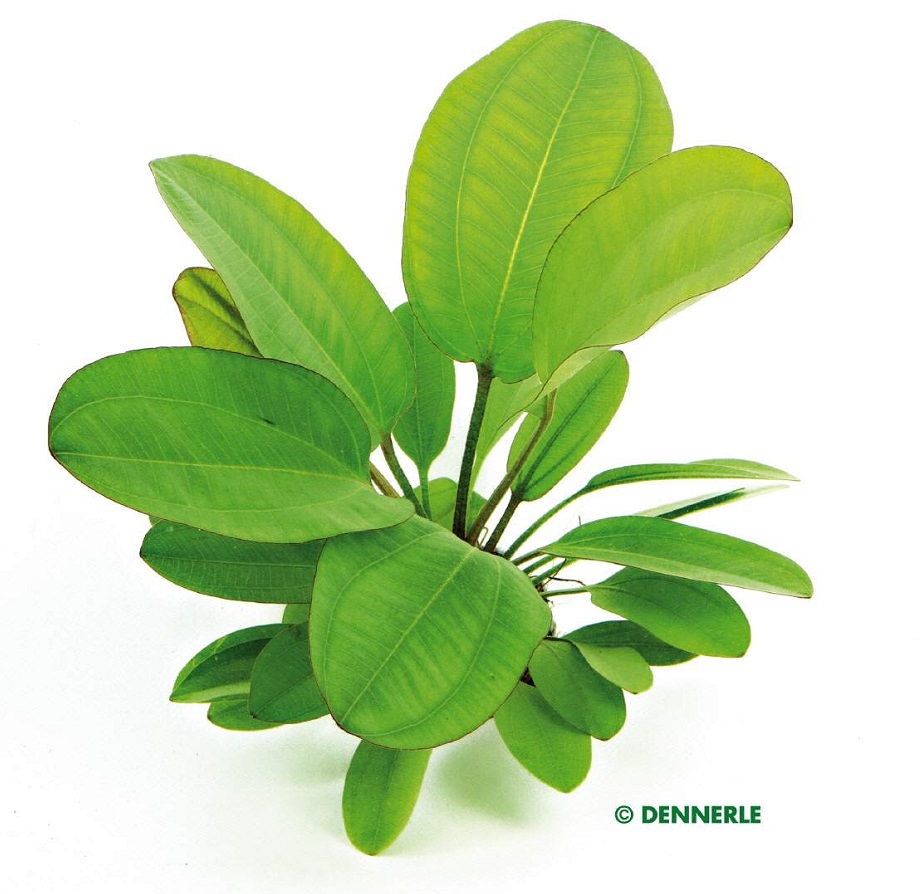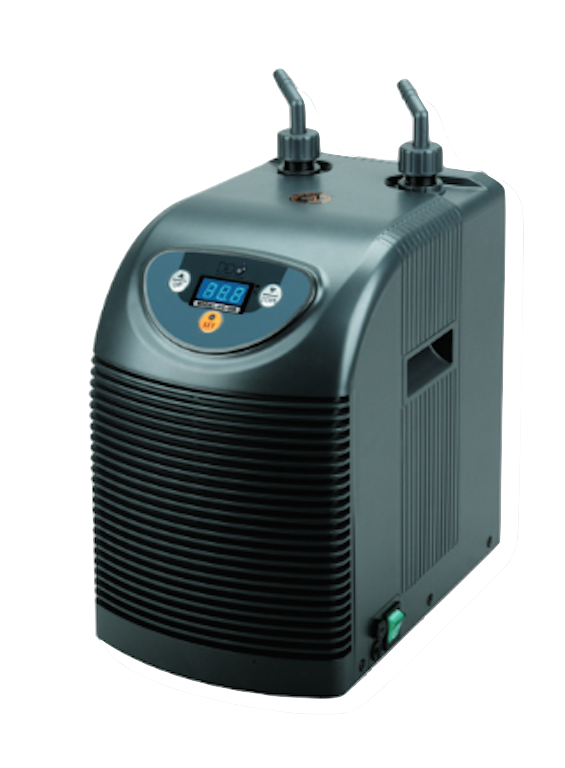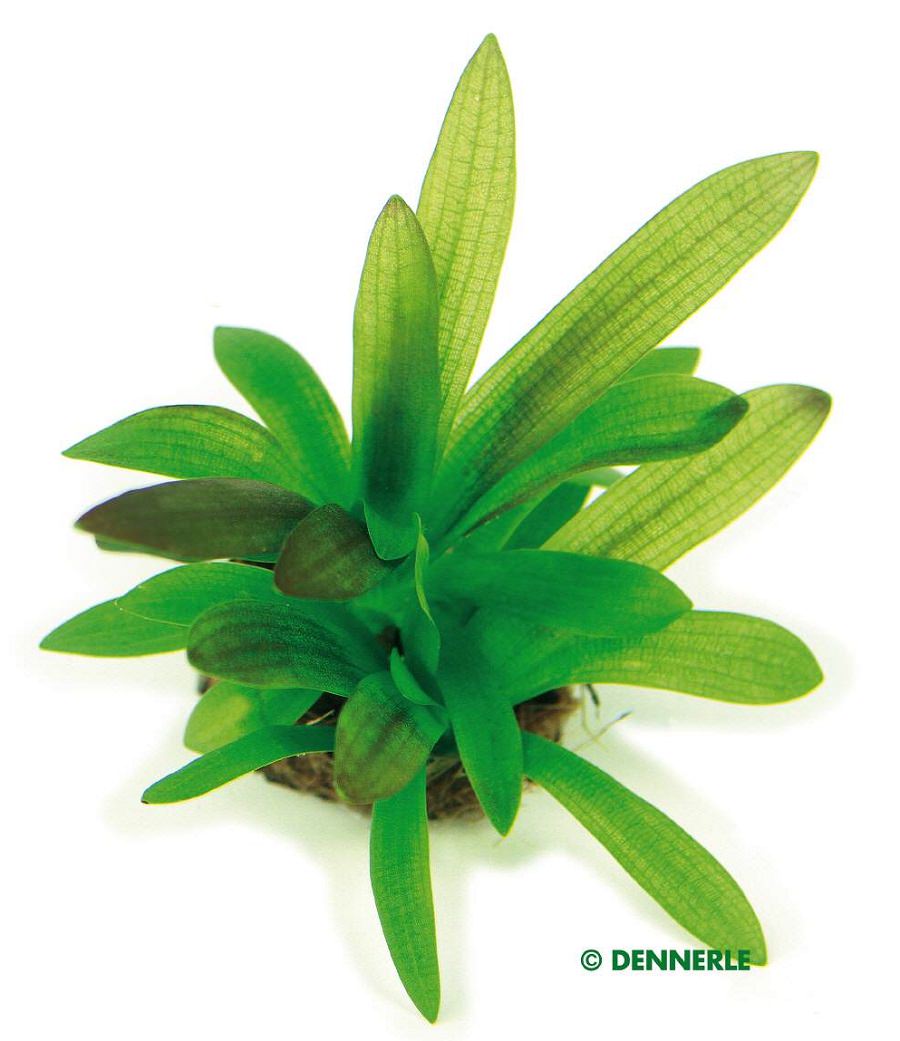

| Quantity | Unit price |
|---|---|
| To 4 |
CHF8.90
|
| From 5 |
CHF8.20
|
Stock: 0
Available in 1-3 days, acquisition time 14 days

Sagittaria platyphylla (Breittblättriges Pfeilkraut)
| max. Wuchshöhe | - 20 cm | Herkunftsland | Amerika |
|---|---|---|---|
| Eignung | Gesellschaftsaquarium | Typ | Rosettenpflanze |
| Familie | Alismataceae | Gattung | Sagittaria |
| Vermehrung | Ausläufer | Wuchsgeschwindigkeit | mittel |
| pH | 5 - 8 | Wasserhärte | 0 - 15 °dh |
| Hinweise | |||
Sagittarien gehören wie die Echinodorus in die Familie der Froschlöffelgewächse. Auch sie besiedeln Nord- und Südamerika. Sagittaria platyphylla bildet ein kurzes Rhizom. Die submersen Blätter sind bandförmig und rosettenähnlich angeordnet. Unter Wasser können sie bis 25 cm lang werden. Im Aquarium findet die Pflanze im Mittelgrund ihren idealen Platz, bei größeren Aquarien im Vordergrund. Ihre Pflege ist sehr einfach bei etwas kühleren Wassertemperaturen. Sie wächst langsam, es müssen gelegentlich nur ältere, äußere Blätter entfernt werden.
| Aquarium: | Gesellschaftsaquarium |
|---|---|
| Eigenschaft: | Im Mittelgrund, Rosettenpflanzen |
| Eigenschaften: | Rosettenpflanzen |
| Gattung: | Sagittaria |
| Herkunft: | Nordamerika, Süd- und Mittelamerika |
| Stand: | Im Mittelgrund |
| Wachstum: | mittel |
0 of 0 reviews
Login
Suggested products
Customers also bought
Customers also viewed


